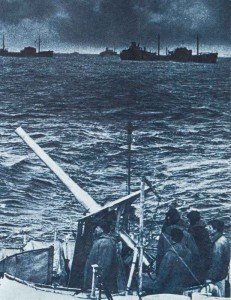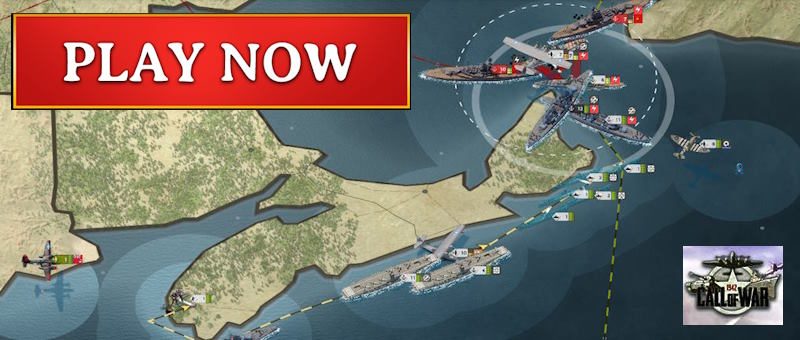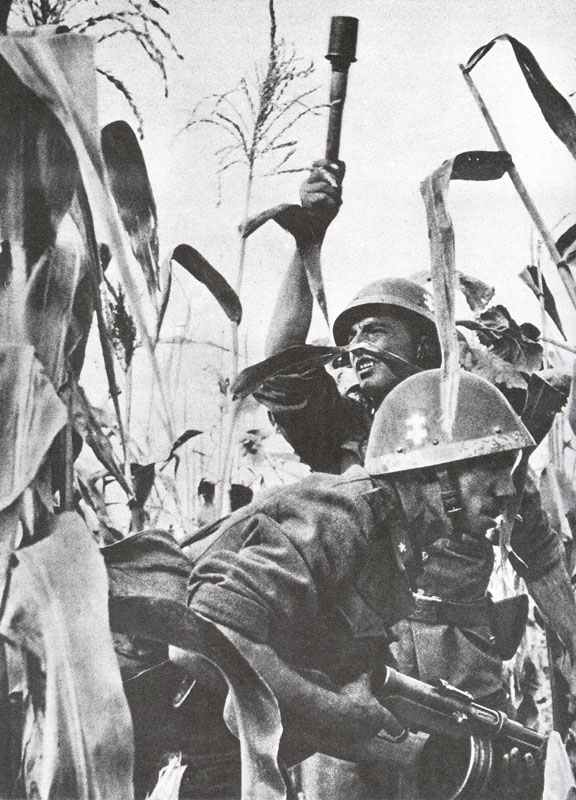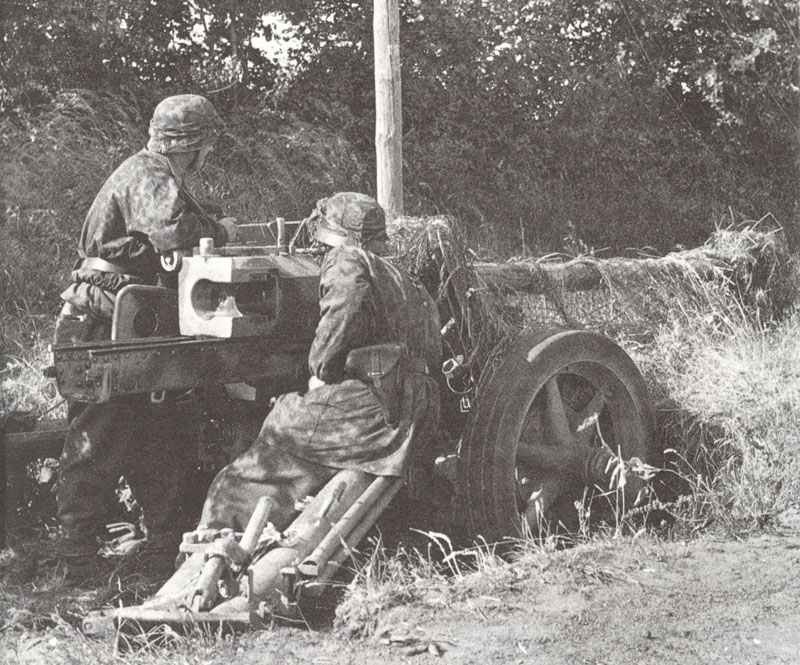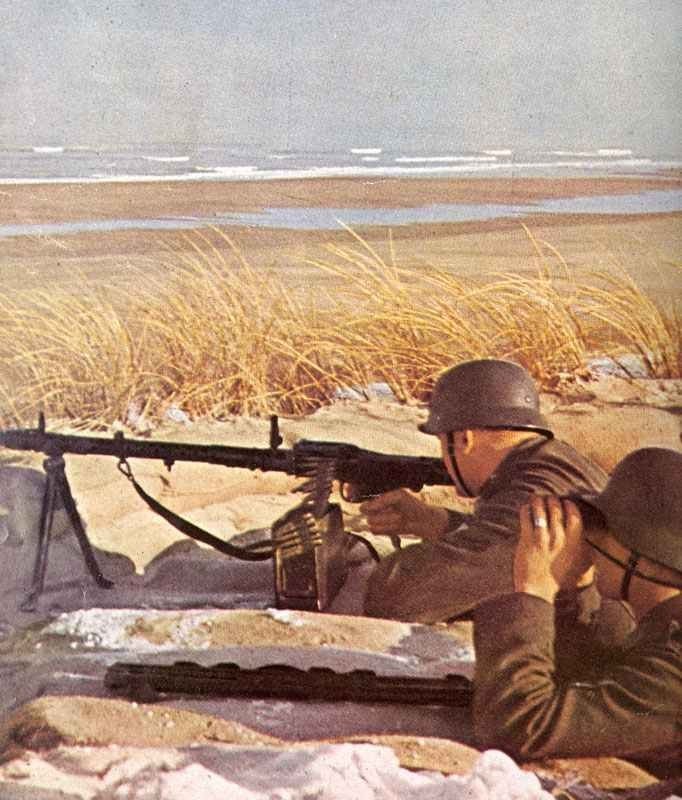Artic convoys to Russia in 1941 and 1942.
First convoys, the destruction of PQ-17 and losses of PQ-18, new tactics with JW-51 and the interruption between spring and winter 1943.
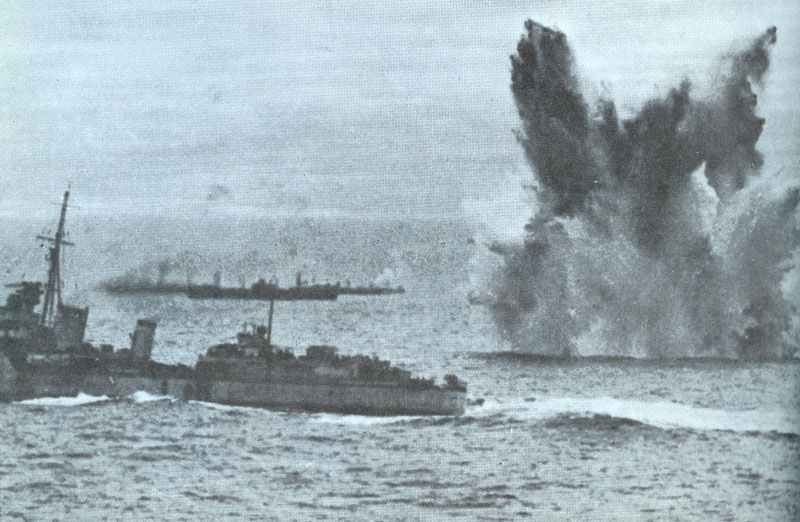
Hazardous duty fell to the men who convoyed supplies to Russia after the German invasion of June 1941. The forces of nature on the arctic run posed a threat equal to that of the Germans. Savage storms and shifting ice packs were a constant menace. In the summer months, the pack ice retreated north, and convoys could give a wider distance to enemy airfields on the Norwegian and Finnish coasts, but the long summer daylight made them vulnerable to U-boats. When the ice edge moved south again, the U-boat threat lessened with the hours of daylight, but it was more difficult to keep distance to the airfields.
Arctic convoys
Table of Contents
On September 18, 1941 the first PQ convoy with ten fast freighters left Iceland with target Arkhangelsk. The convoys in the opposite direction were named QP.
By the end of 1941, 53 vessels in seven convoys reached their destination without losses, 34 of which were returned, the remaining 19 were detained by unloading their cargoes. Altogether, some 750 tanks, 800 fighters, c. 1,400 vehicles of all kinds and more than 100,000 tons of supplies and food were delivered since the German attack on Russia.
On 6 March 1942, Hitler gave the first time his approval for the Battleship Tirpitz together with three destroyers to intercept the convoy PQ-12, which consisted of 16 ships and has been sighted the previous day by a reconnaissance aircraft. The convoy was able to escape like a child of Fortune due to lack of awareness by the German planes.
But the next three convoys lost two British cruisers, together with 15 freighters. German destroyers, U-boats and aircraft achieved this success together, but it was significant that the bombers not only had the decisive role in the destruction of two cruisers, but also sunk seven of the 15 freighters.
On May 21, 1942 convoy PQ-16 left Iceland to Murmansk, while at the same time QP-12 sailed with 15 ships back from Murmansk. QP-12 was lucky and came through unscathed, but to the 35 ships of PQ-16 the whole fury of the war was discharged in the form of attacks by submarines and about 260 aircraft, which now belonged to several squadrons of torpedo bombers. Six ships were lost in this battle, which lasted five days and five nights without interruption, because at this time of the year there was only little difference between day and night light in the Arctic. And among these dismal conditions the convoy PQ-17 was sent on his journey.
Convoi PQ-17
Many Allied seamen lost their lives on the arctic convoys, including most of the members of PQ-17, which sailed for Russia on 27 June 1942. Thirty-six merchant ships were heavily escorted by Allied destroyers, battleships, submarines, a carrier and various smaller craft. Near Bear Island in the Barents Sea, the convoy lost its shadowing aircraft in heavy fog. At the same time, word came that German surface ships Tirpitz, Scheer and Hipper had left their southern bases.
Convoy PQ-17:
| Allied Task Forces | Ships |
|---|---|
| Convoy PQ-17 | 33 merchant ships, 1 tanker, 3 mine-sweepers |
| Long-range escort | 6 destroyers, 4 corvettes, 2 submarines |
| Close escort (until Bear Island) | 4 cruisers, 3 destroyers |
| Distant cover | 2 battleships, 1 aircraft carrier, 2 cruisers, 14 destroyers |
Between 5 and 8 July, almost two-thirds of the convoy was sunk in icy waters hundreds of miles from its destination of Arkhangelsk. The armed trawler Ayrshire succeeded in leading three merchantmen up into the ice, where they camouflaged themselves with white paint and rode out the crisis. These three were among the eleven merchant ships that finally reached Russia with desperately needed supplies. The other 25 went down with their crews and thousands of tons of weapons and supplies destined for the Russian lend-lease war effort.
Supply losses:
| PQ-17 | vehicles | tanks | aircrafts | supplies |
|---|---|---|---|---|
| arrived | 896 | 164 | 87 | 57,176 tons |
| lost | 3,350 | 430 | 210 | 99,316 tons |
| total | 4,246 | 594 | 297 | 156,492 tons |
Arctic convoys after PQ-17
The following convoy PQ-18 was not scattered and lost 13 of its 40 ships by German attacks. According to these Arctic convoys, there was a pause before the convoys to Russia were resumed with a new name (JW) and new tactics. Now, two small convoys (A and B) were used instead of a large one, which were much easier to order and to defend.
Arctic convoy JW-51B:
| Allied Task Forces | Ships |
|---|---|
| Convoy JW-51B | 14 merchant ships, 2 mine-sweepers |
| Long-range escort | 6 destroyers, 2 corvettes |
| Close escort (first for JW-51A, then back to JW-51B) | 2 cruisers (Jamaica, Sheffield), 2 destroyers |
| Distant cover | 1 battleship, 1 cruiser, 3 destroyers |
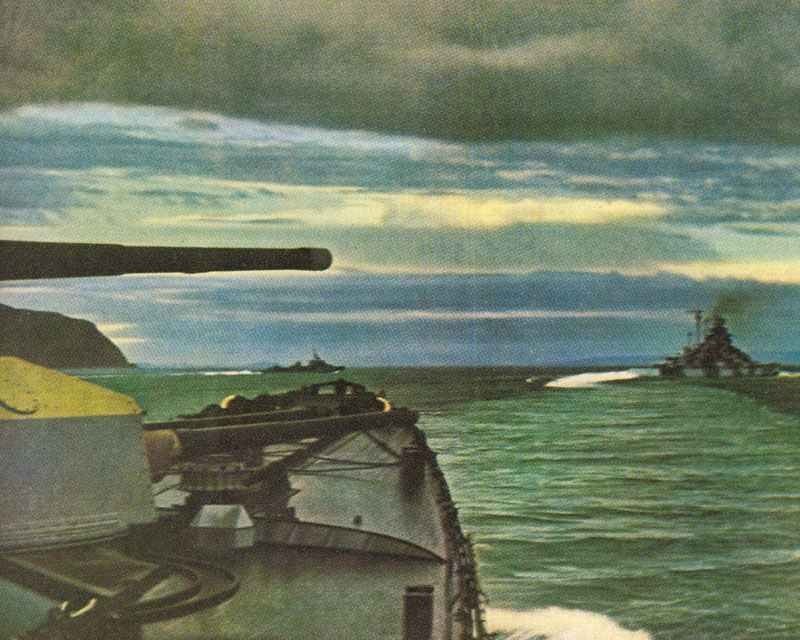
Load of Arctic convoy JW-51B:
| JW-51B (with 14 merchant ships) December 22, 1942 | vehicles | tanks | aircrafts | supplies |
|---|---|---|---|---|
| total supplies (only one merchant ship lost with its cargo plus destroyer Achates) | 2,046 | 202 | 120 (87 fighters, 33 bombers) | 78,471 tons (incl. 24,150 tons of fuel) |
To encounter the threat of the German capital ships, aircraft and U-boats in Norway no Arctic convoys took place between spring and winter 1943. Instead, all lend-lease deliveries to Russia were made through Iran, or between Vladivostok and the American West Coast by Russian merchantmen in the Pacific, since Russia was neutral in the Pacific War between Japan and the United States.
From 1941 to the end of the war approximately nearly 9% of the merchant ships with supplies for Russia were lost at sea (most of them on the dangerous Arctic convoys).
References and literature
Flotten des 2. Weltkrieges (Antony Preston)
Atlas zur Seefahrts-Geschichte (Christopher Loyd)
Seemacht – eine Seekriegsgeschichte von der Antike bis zur Gegenwart (Elmar B. Potter, Admiral Chester W.Nimitz)
Kriegsschiffe 1939-45 (Heyne-Bildpaperback)


